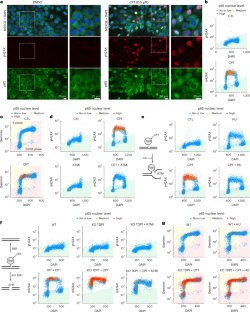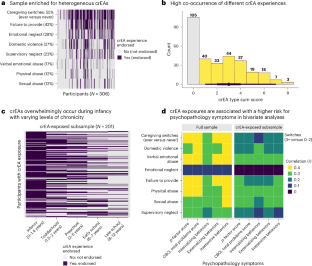2025-01-06 カリフォルニア大学校アーバイン校(UCI)
<関連情報>
- https://news.uci.edu/2025/01/06/new-mechanism-discovered-that-triggers-immune-response-in-cells-with-damaged-dna/
- https://www.nature.com/articles/s41594-024-01417-0
ATMとIRAK1は、DNA損傷に応答するNF-κB活性化の2つの異なるメカニズムを制御する ATM and IRAK1 orchestrate two distinct mechanisms of NF-κB activation in response to DNA damage
Elodie Bournique,Ambrocio Sanchez,Sunwoo Oh,Daniel Ghazarian,Alisa L. Mahieu,Lavanya Manjunath,Eirene Ednacot,Pedro Ortega,Selma Masri,Ivan Marazzi & Rémi Buisson
Nature Structural & Molecular Biology Published:03 January 2025
DOI:https://doi.org/10.1038/s41594-024-01417-0

Abstract
DNA damage in cells induces the expression of inflammatory genes. However, the mechanism by which cells initiate an innate immune response in the presence of DNA lesions blocking transcription remains unknown. Here we find that genotoxic stresses lead to an acute activation of the transcription factor NF-κB through two distinct pathways, each triggered by different types of DNA lesions and coordinated by either ataxia-telangiectasia mutated (ATM) or IRAK1 kinases. ATM stimulates NF-κB in cells with DNA double-strand breaks. By contrast, IRAK1-induced NF-κB signaling occurs in neighboring cells through IL-1α secretion from transcriptionally stressed cells caused by DNA lesions blocking RNA polymerases. Subsequently, both pathways stimulate TRAF6 and the IKK complex to promote NF-κB-mediated inflammatory gene expression. These findings provide an alternative mechanism for damaged cells with impaired transcription to initiate an inflammatory response without relying on their own gene expression, a necessary step that injured cells depend on during canonical innate immune responses.


